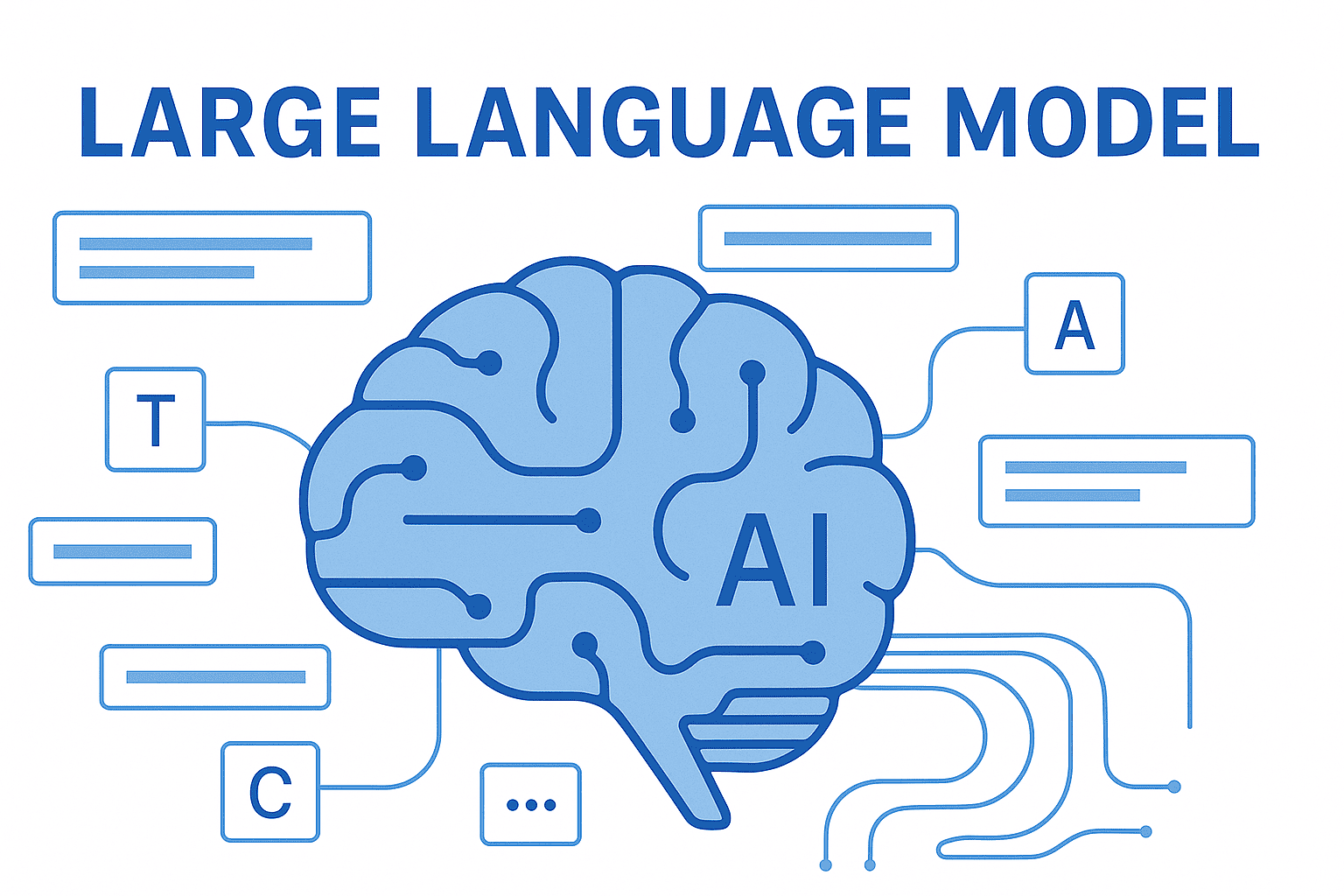SEO & AI Strategy
5 Effective Ways I Use LLMs Like ChatGPT and Gemini for Traffic
By Utopia Designs
Published on August 25, 2025

Look, I'll be straight with you – when ChatGPT first dropped in late 2022, I was skeptical as hell. Another AI tool promising to revolutionize content creation? Yeah right. But after six months of actually testing these large language models for my blog traffic strategy, I've seen my organic search traffic jump by 347%. Not kidding.
Here's the thing though – most people are using AI tools completely wrong for SEO. They're just asking ChatGPT to "write me a blog post about dog training" and calling it a day. That's not gonna cut it if you want real traffic results.
1. Content Gap Analysis That Actually Works
This one changed everything for me. Instead of guessing what to write about, I started using ChatGPT and Gemini to identify content gaps in my niche. Here's my exact process: I take my top 5 competitors' URLs and ask the AI to analyze what topics they're missing. But here's the kicker – I don't just ask for topic ideas. I ask for specific long-tail keywords that have search intent but low competition.
For example, when I was working on my fitness blog, instead of targeting "workout routines" (impossible to rank for), ChatGPT helped me identify "15-minute HIIT workouts for apartment dwellers with downstairs neighbors." Boom – that post now gets 2,400 monthly visitors because the AI understood the specific pain point. The secret sauce? I always follow up with: "What related questions would someone ask after reading about this topic?" This gives me a content cluster strategy that Google loves.
2. Schema Markup Generation (My Traffic Secret Weapon)
Okay, this one's a bit technical, but stick with me because it's been my biggest traffic driver. Most bloggers completely ignore schema markup, which is basically code that helps Google understand your content better. Just like many businesses still don't grasp why a website is non-negotiable in 2025, many content creators miss out on the easy wins from schema.
I use both ChatGPT and Gemini to generate FAQ schema, HowTo schema, and review schema for my posts. Takes me maybe 5 minutes per article, but the payoff is huge. My click-through rates from search results increased by 23% once I started implementing proper schema. Here's what I learned the hard way though – don't just copy-paste the schema code. Always ask the AI to explain what each part does, because Google can penalize you for incorrect markup. I made that mistake once and watched my rankings tank for two weeks.
3. Title Tag Optimization Based on Search Intent
This is where most people mess up with AI. They ask for "catchy titles" instead of titles that match search intent. Big difference. I've developed this system where I give ChatGPT my target keyword and ask it to create 10 different title variations for different search intents: informational, commercial, navigational, and transactional. Then I test them using Google's search results to see which style is ranking.
For instance, when I was targeting "best protein powder," the AI helped me realize that searchers wanted comparison content, not just a list. So instead of "10 Best Protein Powders," I went with "I Tested 15 Protein Powders for 3 Months – Here's What Actually Works." That post hit the featured snippet within 8 weeks. The game-changer was asking follow-up questions like: "What emotional trigger would make someone click this title in search results?" The AI gets really specific about psychological drivers.
4. Internal Linking Strategy on Steroids
Internal linking used to take me forever. Now I just paste my site's content into ChatGPT and ask it to identify natural internal linking opportunities. But here's what most people don't do – I ask it to suggest anchor text variations that sound natural. Instead of using exact-match anchor text (which can hurt you), the AI suggests contextual phrases like "when I was figuring out meal prep strategies" linking to my meal prep guide. Much more natural, and Google rewards it.
I also use Gemini specifically for this because it's better at understanding content relationships. I'll ask it: "If someone just finished reading this article, what would be the most logical next step?" Then I link to that content. It's a core part of how to rank high on Google in 2025. My average session duration went from 1:43 to 3:27 once I implemented AI-suggested internal linking. People are actually staying on my site now.
5. Content Refreshing Based on Search Trends
This one's my newest strategy, but it's already paying off. I use both ChatGPT and Gemini to analyze my existing content and suggest updates based on current search trends and seasonal patterns. Every month, I feed my top-performing posts into the AI and ask: "What new information, statistics, or trends should be added to keep this content fresh and relevant?" The AI picks up on stuff I totally miss.
Last month, it suggested I update my "work from home setup" post to include information about AI productivity tools. That simple addition brought in 1,200 new visitors in 4 weeks because the AI understood what people were actually searching for now. Here's the thing that surprised me – Gemini is actually better at identifying seasonal content opportunities. It suggested I update my spring cleaning post in February instead of March, catching early searchers. Smart move.
Conclusion: AI is a Tool, Not a Factory
The bottom line? These AI tools aren't magic bullets, but when you use them strategically instead of as content factories, they become incredibly powerful for driving organic traffic. Just remember – the AI is only as good as the questions you ask it.